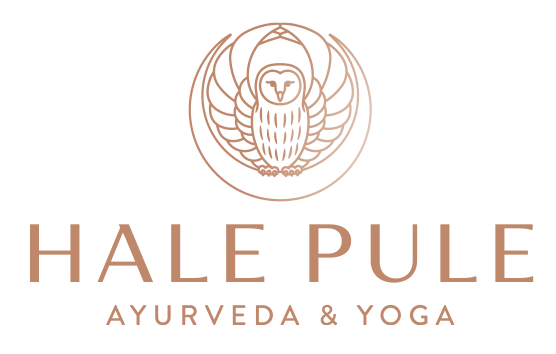
Our breath is one of our greatest teachers in Yoga. When you find yourself in a challenging asana, tune in to your breath. Is it short or long? Quick or steady? Has it stopped entirely?
Ujjayi breath, a central part of Yoga asana practice, is an even inhale and exhale through the nose with a slightly contracted throat so that the breath is audible (like the sound of the ocean). Ujjayi breath focuses and strengthens the mind while creating internal heat to purify the body. When we push ourselves too far or practice without mindfulness, the breath becomes labored, uneven or quick. That is our cue to back up, reset our intention and come back to the essence of our Yoga practice – to master the mind so that we can gain freedom from it.
There is no better asana to learn to listen to ujjayi breath than urdhva dhanurasana, upward facing bow or wheel pose. This challenging pose opens the entire front of the spine while lengthening through the diaphragm and lungs. If you grunt or hold your breath getting into urdhva dhanurasana, that is a lesson from ujjayi breath. Pay yourself and the asana respect by asking a fellow yogi to assist you or working with setu bandhasana, bridge pose, instead.
Some people find this pose emotionally difficult because fully opening of the front of the body can feel vulnerable. But being vulnerable (a part of our natural range of emotions) doesn’t mean you will be victimized; it means you are available and present. Not a bad way to live. Here, ujjayi breath is your guide once again. If you are overcome with feelings of vulnerability in this pose, simply direct your ujjayi breath to anahata, your heart chakra, to guide opening and release.
Asana outline: Urdhva dhanurasana
Urdhva dhanurasana from the ground up
This is a pose to work up to – one to approach after you have established a regular asana practice and warmed up your body with surya namaskar, sun salutations, standing poses, and inversions. Setu bandhasana is a great pose to prepare your body for urdhva dhanurasana.
-
Lay on your back with your feet hip-distance apart, heels directly below your knees. Place your palms flat on the ground next to your ears. Your fingers should point toward your shoulders with your wrists parallel to the top edge of your mat. Your elbows should be bent and pointing straight up. (Tip: If your shoulders are tight, turn your hands out so your fingers point slightly away from your body. You can even go as far as placing your wrists parallel to the sides of your mat.)
-
Engage neutral spine by extending your tailbone 1/8th inch toward your feet. Hold this throughout the pose.
-
Press firmly into the floor with your feet. Breathe and use the strength of your legs and buttocks to lift your pelvis off the floor, keeping your feet stationary through the entire pose. You can come to the top of your head here, but only for balance; avoid putting weight on your head.
-
Continue to press into the ground with your feet and hands, then extend your arms and lift your head off the ground. Let your head hang naturally and lift your pubic bone toward the ceiling.
-
Hold this pose for 15-20 ujjayi breaths. Your breath may get louder as you hold the pose, but it should not be strained or absent. To come down, bring your chin toward your chest so that the first thing you lay on the floor is the back of your head. Bring your entire spine to the floor in one movement, like a plank. Follow with a calming forward fold or neutralizing twist and then take savasana, corpse pose.
Like all asanas, practice urdhva dhanurasana without pain. If you continuously work at or beyond your edge, you are letting your ego lead your practice and can easily injure your body. Practice two steps away from your edge so that you are kind to yourself and your breath can share its beautiful wisdom.
Common trouble spots
Feet not aligned under knees
If your feet are too close to your buttocks you can put strain on your spine. When you set up, place your feet directly beneath your knees for the greatest stability. You can look at the alignment to begin and eventually you will learn to feel the proper placement. Once you have found the correct alignment, keep your feet in the same place throughout the entire pose.
Elbow and hands out of alignment
Your elbows should be facing directly up toward the ceiling, not pointing out to the sides or crowding your face. Be sure your fingers are pointing toward your heels or slightly out toward the outside edge of your mat (see our tip above for tight shoulders).
Feet wider than hips
Your feet, as an anchor for this pose, should align directly with your hips and under your knees. This provides the most solid foundation for the pose and allows you to find your full expression.
